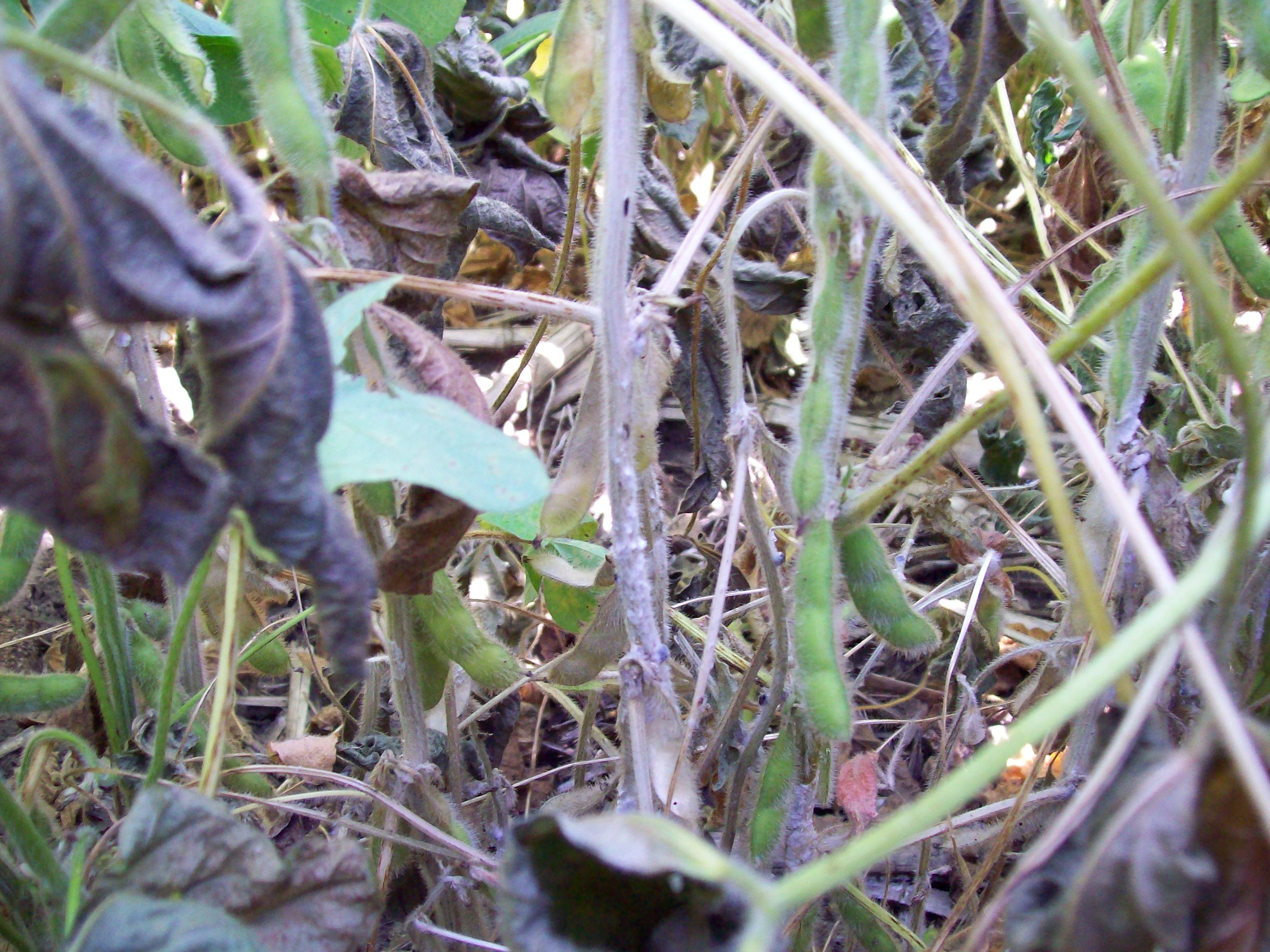
The vast majority of soybeans are treated prior to planting because of the risk protection and ROI they can provide. However, there are a lot of soybean seed treatment options available on the market today, which can make them hard to sort out which of these tools will best fit your farm.
The first things to consider, what are your goals, past disease or insect pest history, as well as your individual farm management practices to help determine what mix of products best fits your field.
Taking a Field Out of Long-Term Corn on Corn?
Due to heavy corn rootworm (CRW) pressures as well as the current soybean price ratio, there are some fields that have not had soybeans planted for quite a few years. A very big agronomic consideration in situations like this is that you MUST add a seed applied inoculant, failure to do so will lead to significant yield loss. Soybeans are a legume that partner with soil rhizobia to form a symbiotic relationship to help pull nitrogen out of the air and turn it into plant usable nitrogen. Remember, soybeans use a LOT of nitrogen per bushel, however in good soil environments the majority comes from this soil rhizobia normally found in soils. However, fields that have not had a legume in over 5 years will have this soil rhizobia populations significantly diminished which will leave a soybean plant starving for nitrogen. In addition to crop rotations also pay particular attention to fields that have low pH or have had standing water in the past few years which could be impacting soil biological activity.
The best solution for this problem is simple and inexpensive. High quality soybean seed applied inoculants like Preside introduce millions of new live rhizobial bacteria to help recolonize the soil. Even in fields with a recent history of soybeans can still benefit from the addition of new and stronger strains of these bacteria. Watch this video below on how a high yield farmers is using Preside to push the yield plateau.

